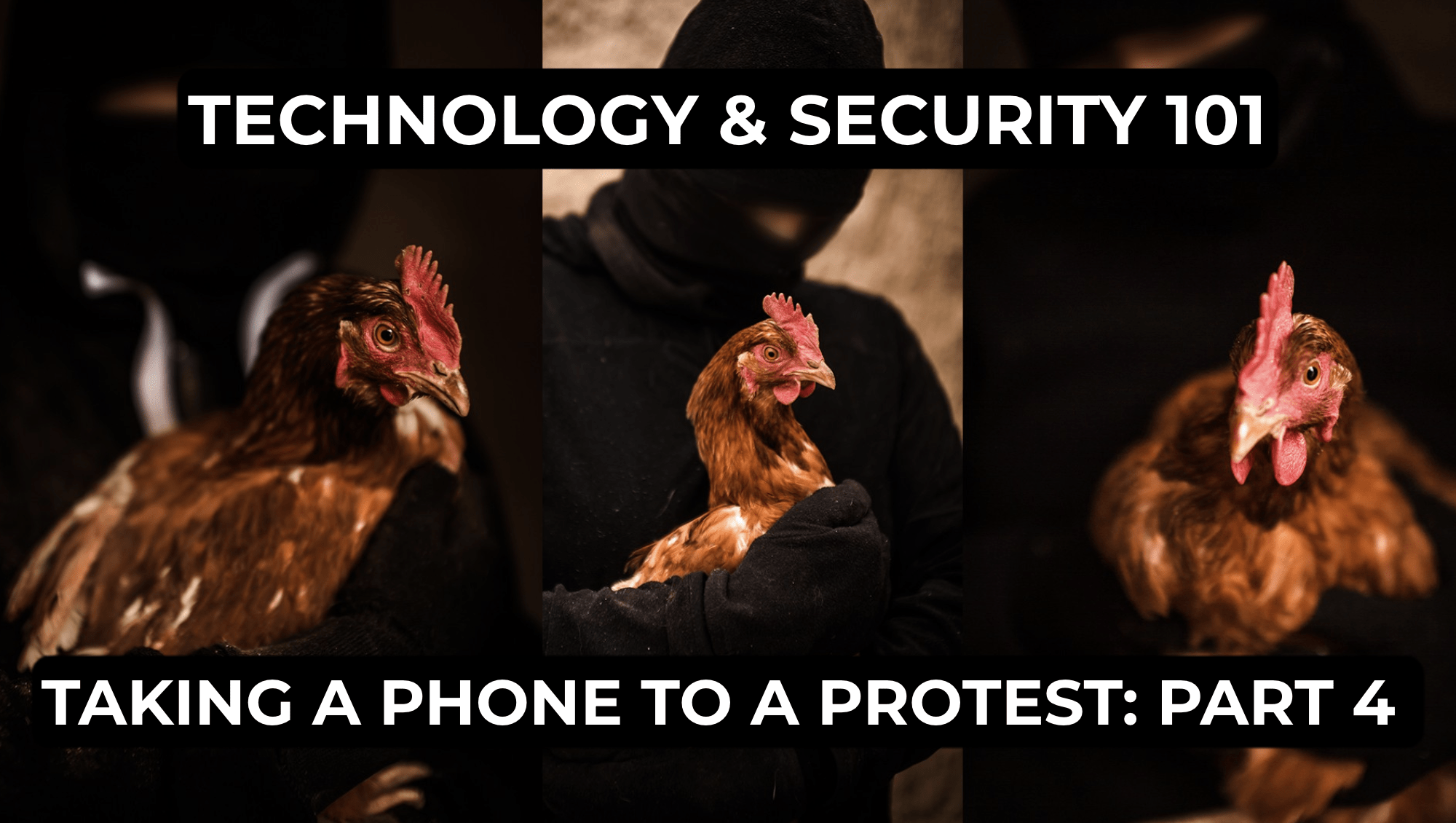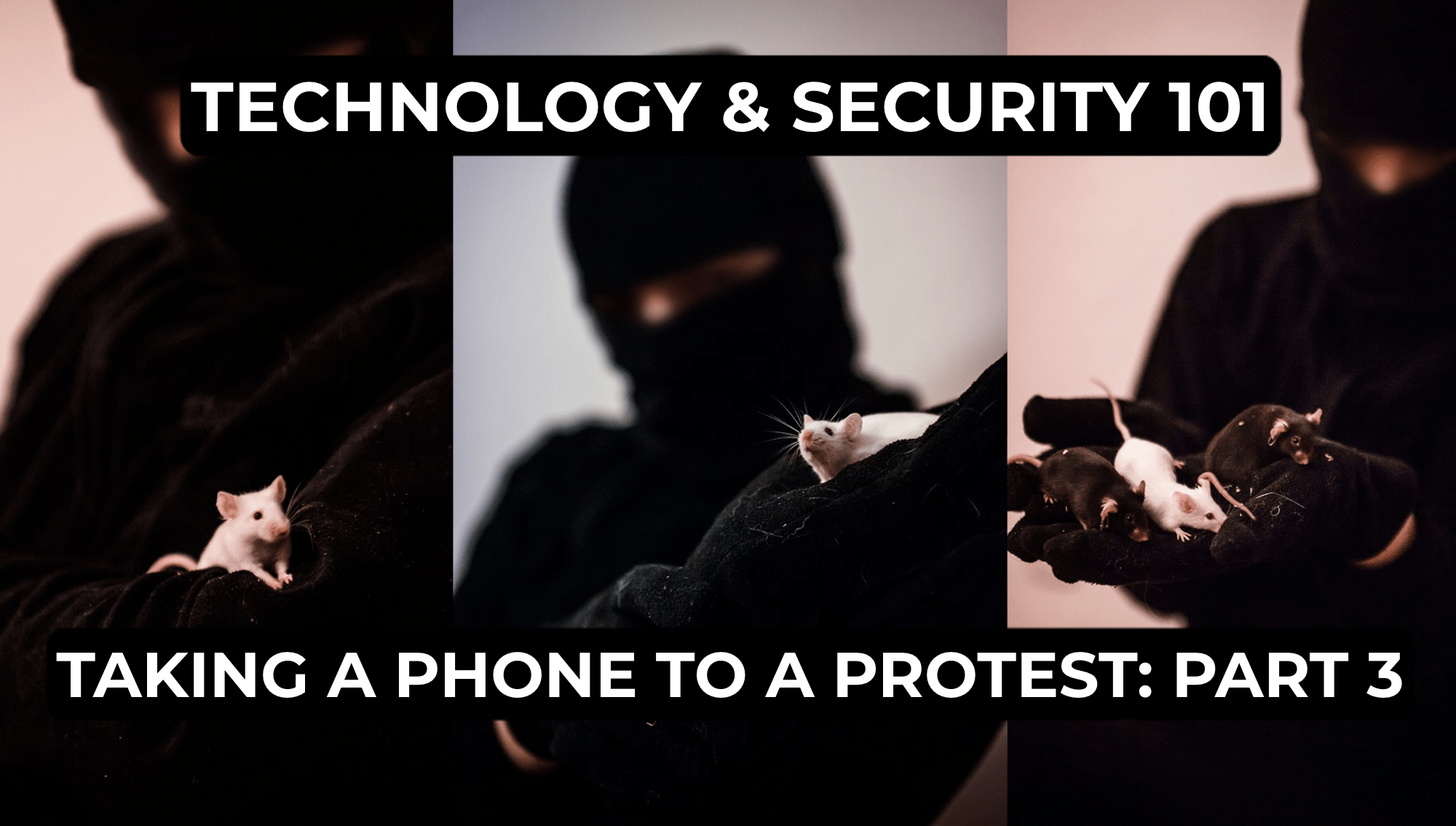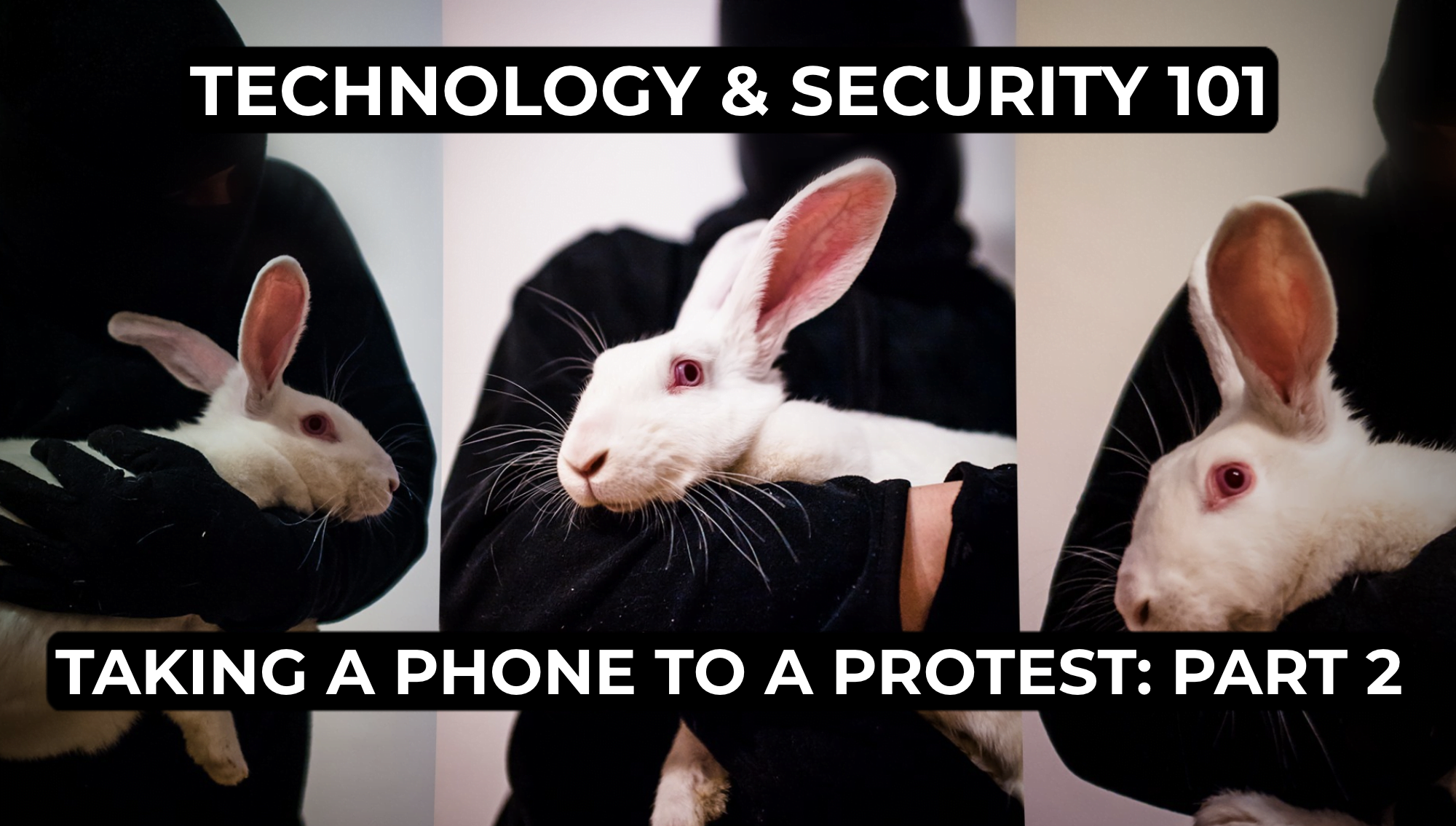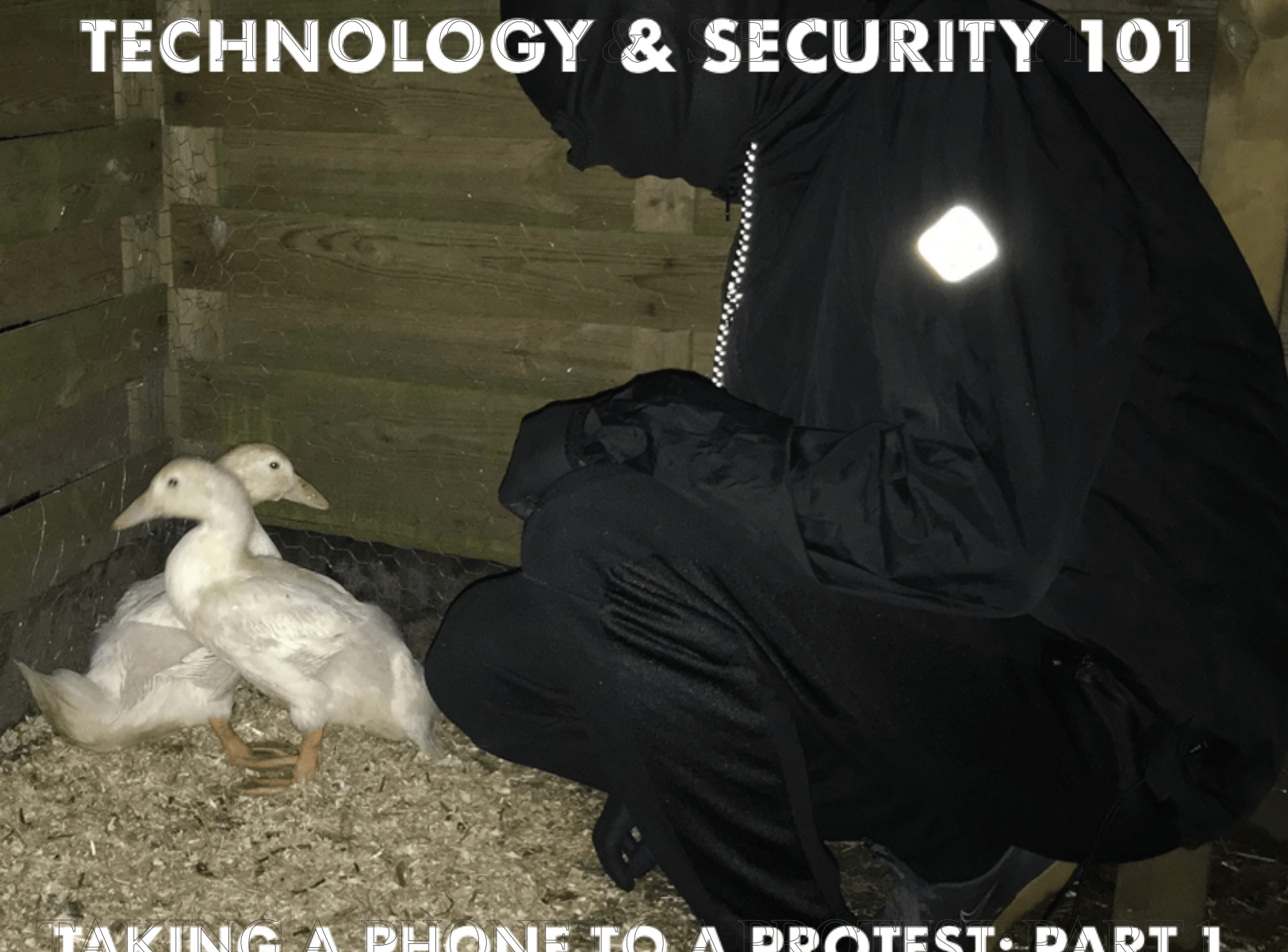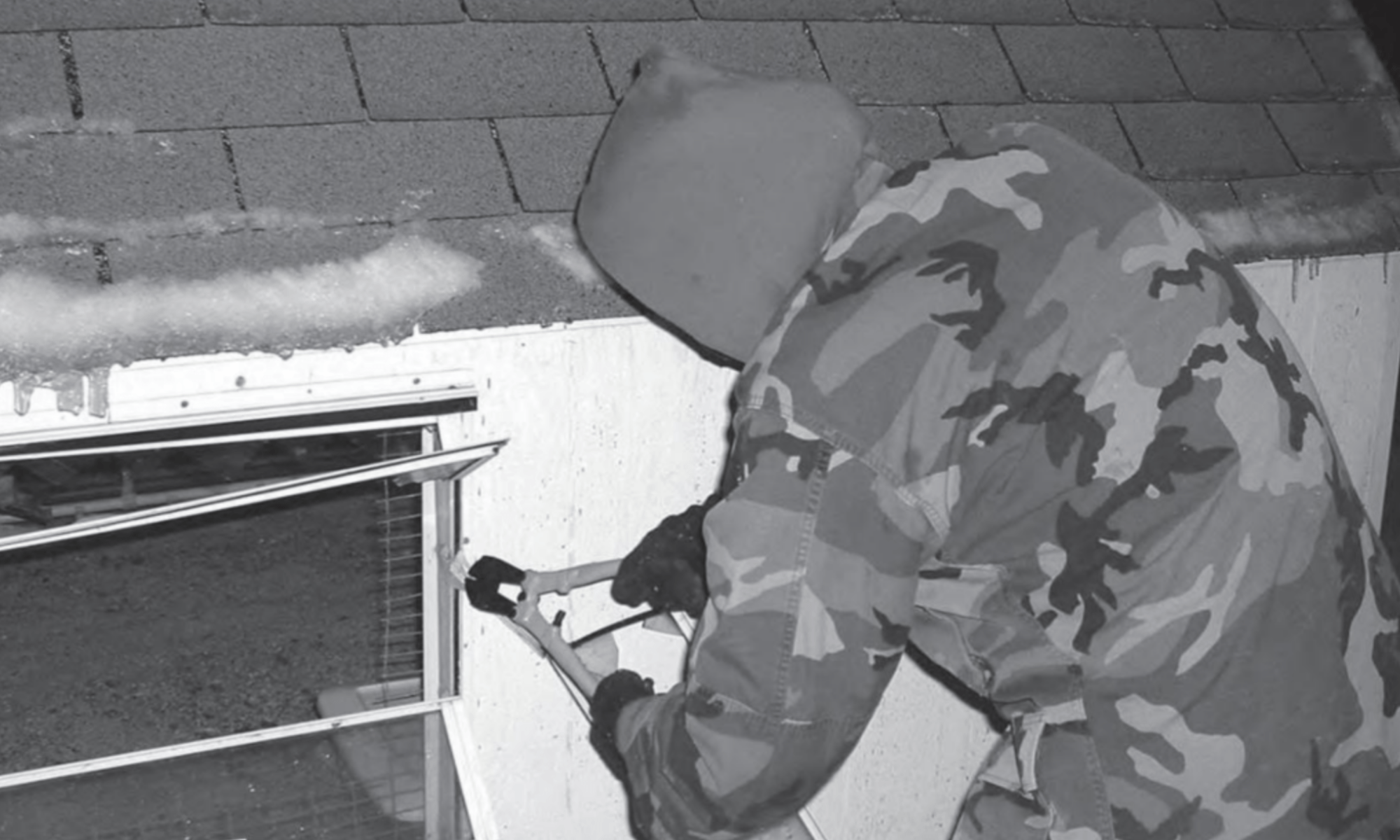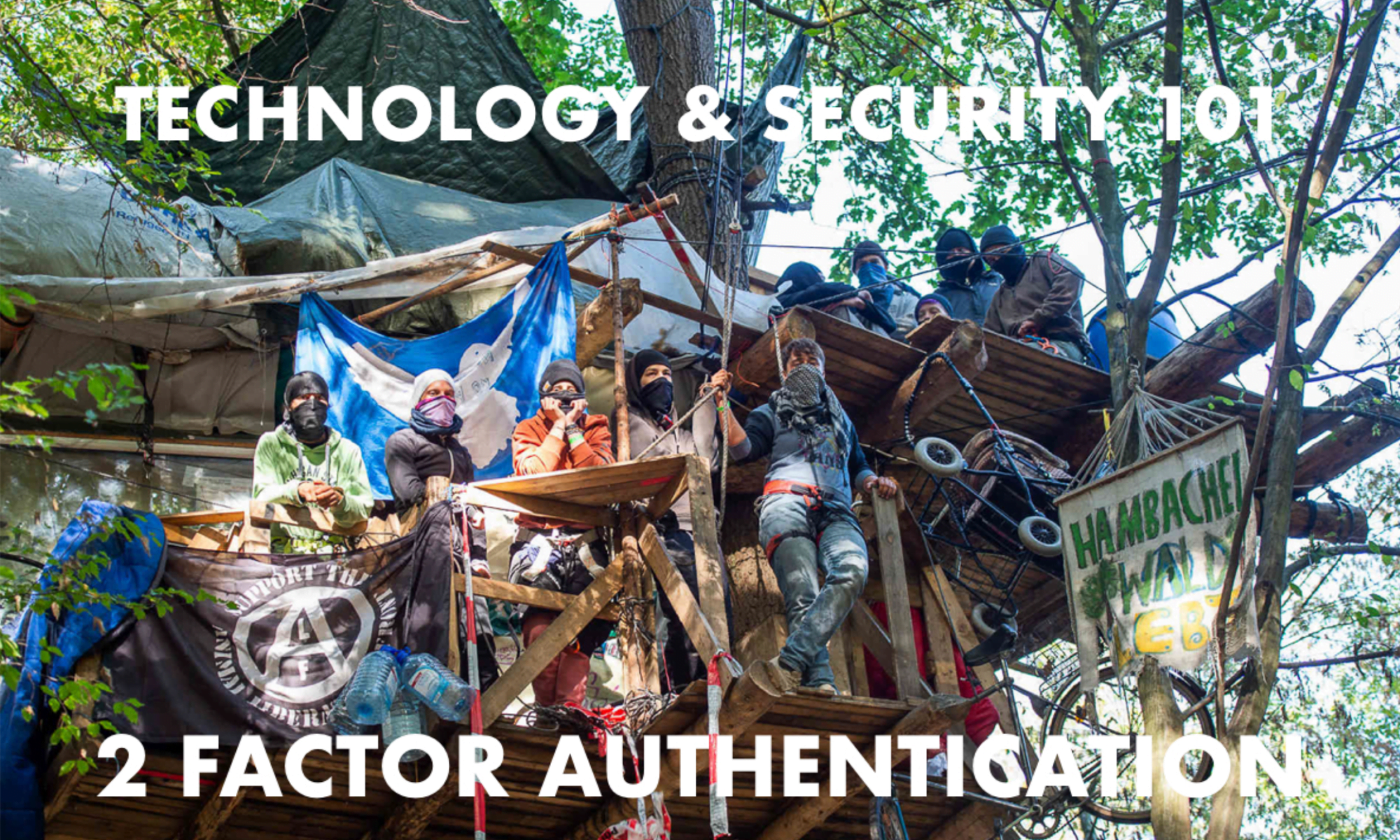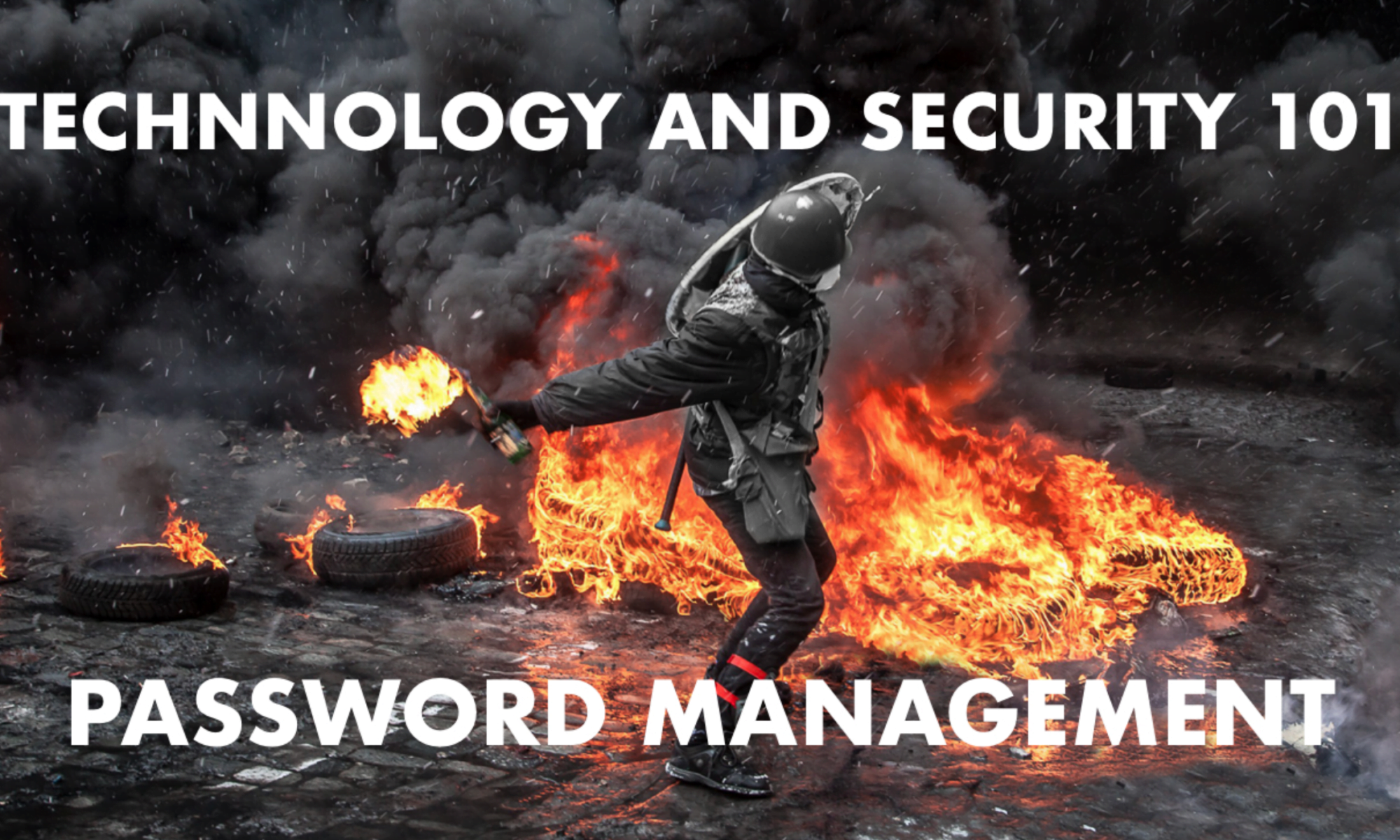[ Previous Tech&Sec articles can be found on our website: https://unoffensiveanimal.is/category/technology-security-101/ ]
The situation is this: there is a slaughterhouse blockade. One of your aims is creating as much media as possible, and give updates on a regular basis. You want to use social media so many people can see photos or take secondary action during the blockade (like calling the press, or pestering the business via email!).
Locking on (or even just being the “press contact”) at an action whilst connecting a smartphone to the social media of your group is a sure way to give away A LOT of information to the cops when they decide to arrest you. Certainly, as we previously have discussed, you should not carry your personal phone, but if you must take a smartphone to a demo to take photos or videos and update social media, we should really avoid risking the log in credentials or the identity of comrades to an arresting cop.
So how do we communicate, share updates and photos, whilst keeping people safe? Here is an idea that could work for you!
Consider first communications. In one hand, you might want to keep in touch with someone you just met at a demo, but you sure do not want to give them your phone number!!! That would be a huge privacy concern! On the other hand, if you need to communicate with folks away from the action, keeping their numbers saved in a device that could (or will) be arrested is handing over the details of your friends to the enemy.
How do we avoid that? We use an encrypted messaging app that does not need to use telephone number to log in. Good bye Signal, hello Session! Session or Briar do not need you to give a telephone number to register an account. We would advice to use Session just because Briar is p2p (see our “let’s get encrypted” series on our website) and depending on the connectivity, messages or images might not get through. Session will allow you to keep in touch with someone you just met but you might not trust, but it will also allow you to communicate with friends without having their telephone numbers saved into a phone that might get nicked.
Now, instead of you logging in to socials whilst locked on or whilst outside the gates of the slaughterhouse, let’s organise a third party to manage social media. They can have a Session account where you send photos, videos, urgent calls for action or updates, and from the comfort of a cafe in the next city over, they can update social media for you. They then can pass on important information too if someone sends intel to the social accounts, or if somebody sends words of encouragement. Depending on the workload, that same person can be a press contact for the group (using a different device!).
Once the action is over, all burner smartphones should also be destroyed, including the one used for social media. The filth really likes to throw conspiracy charges to journalists, so why risk it?!
TO SUM IT UP:
- Don’t take your personal phone if you know you’re being arrested, or if there is a good chance that you will.
- Use an encrypted messaging app that does not need telephone numbers, like Session.
- Don’t log in to socials whilst in the demo, blockade or action.
- Pass on information to someone else away from the action for them to spread the word.
- Treat the devices used during the action (including the social media phone) as burners. Don’t turn them on near your home, and destroy them after the action is over!
We keep each other safe!
Your local anarchist cyber-counsellor.

